(Sept 16) There are no Ainu “reservations” where the Ainu can live together and practice their traditions. The Ainu today live in Japanese cities and towns, speak Japanese and work at regular jobs.
The Ainu Museum in Shiraoi is dedicated to preserving what is left of Ainu culture.
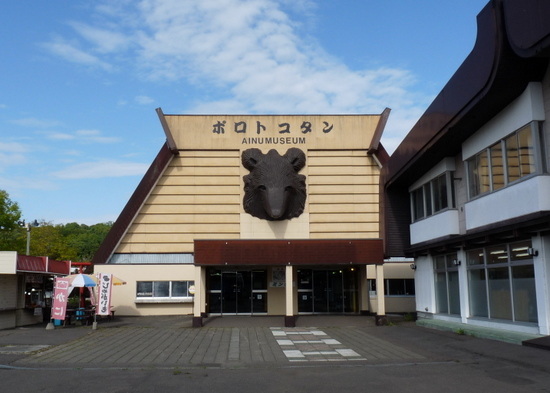
The museum preserves thousands of artifacts and has exhibits illustrating traditional cultural practices.
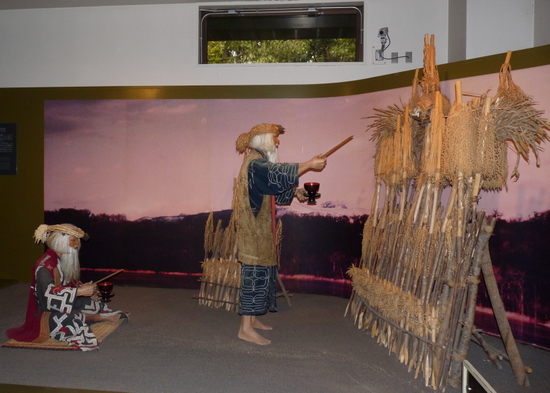
These hunters have trapped a hibernating bear and are preparing to kill it with poisoned arrows. If the bear had cubs, they would be captured alive and raised for sacrifice.
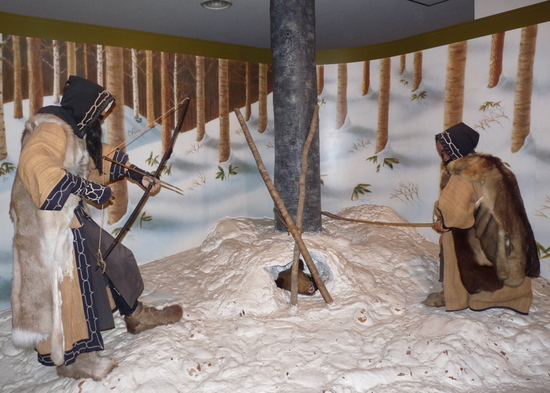
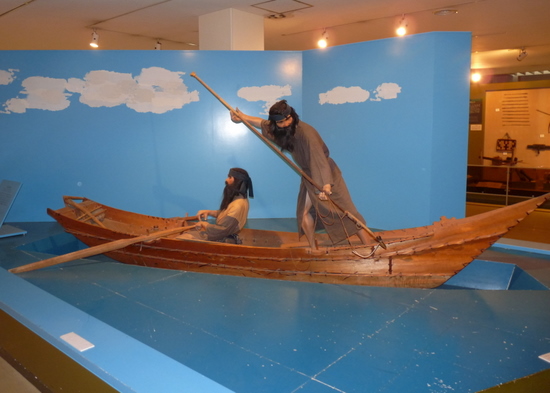
Ainu women made cloth from tree bark.
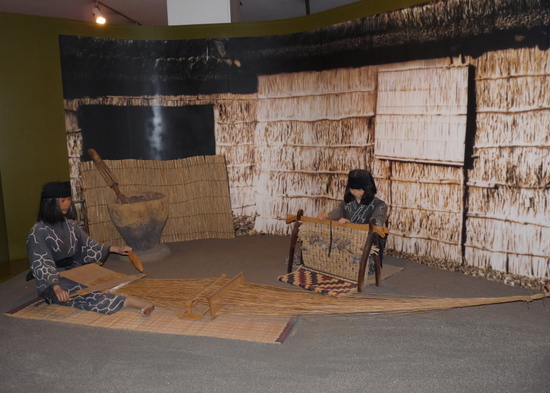
Cotton obtained from Japanese traders was also used to make traditional garments.
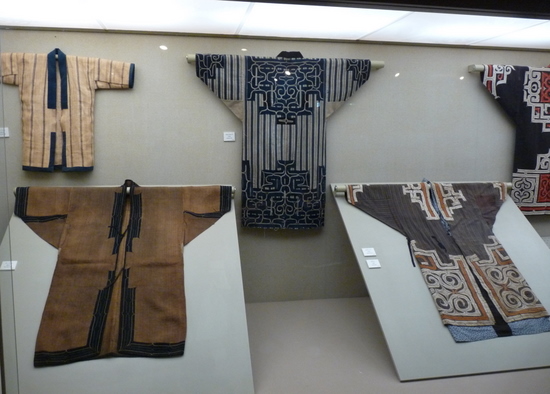
Ainu women were tattooed around the lips and on the hands and forearms. (This practice was stamped out over a century ago.)
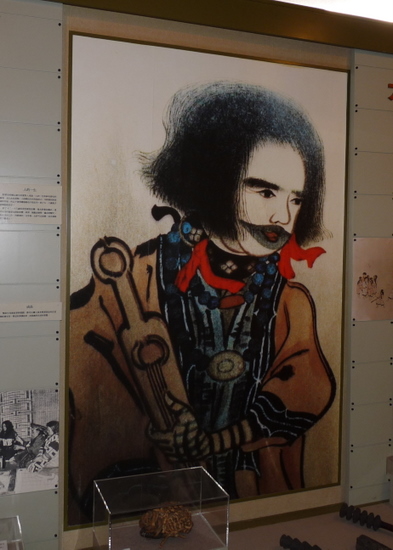
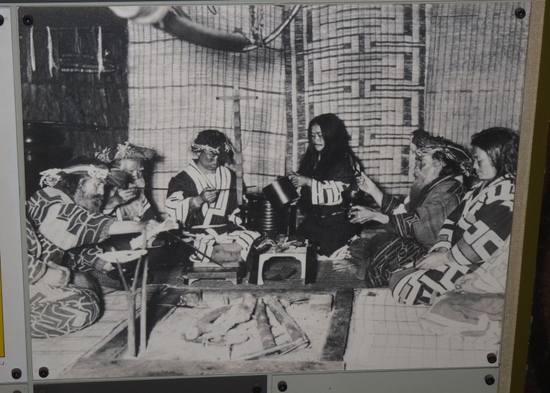
The Poroto Kotan (big lake village) is an outdoor recreation of a traditional Ainu settlement.
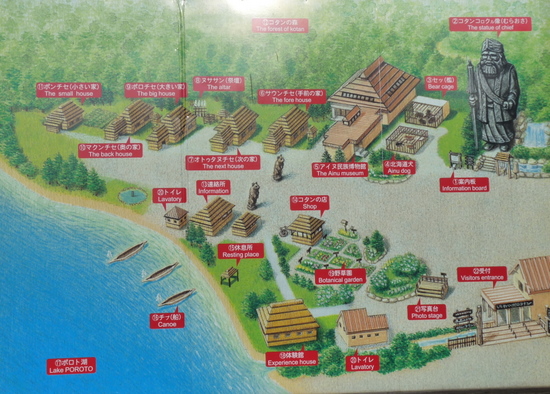
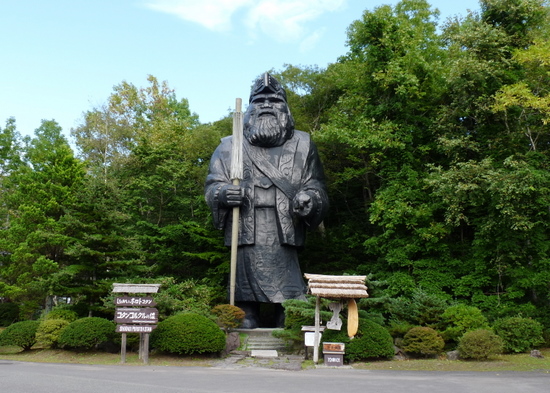
A cheerful Ainu guide named Nomoto will graciously pose for pictures with anyone who asks.
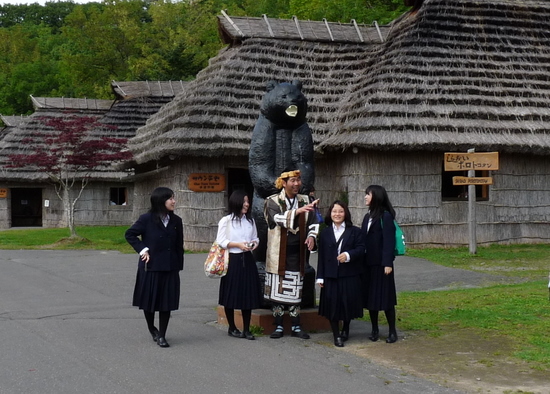
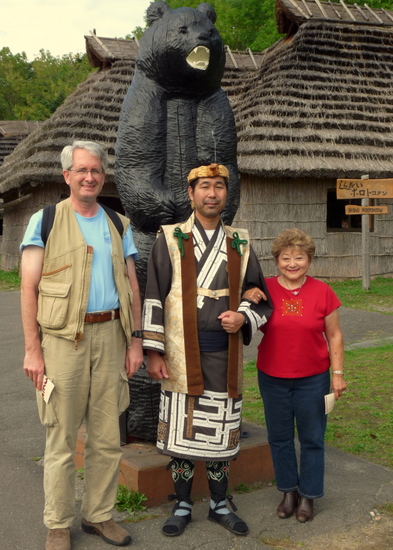
Nomoto-san acts as MC for a demonstration of traditional Ainu music and dance.
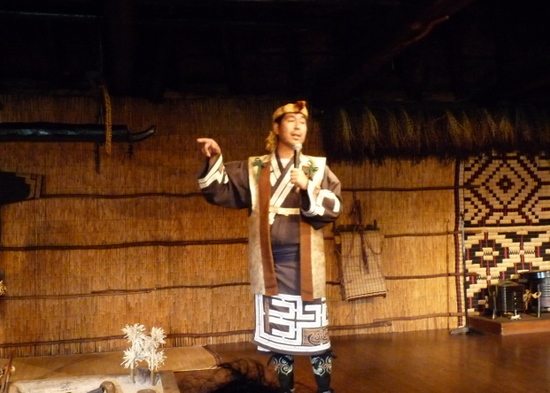
The mukkuri, a mouth harp traditionally played by women.
The tonkori, a stringed instrument.
An Ainu lullaby.
Translation:
Go to sleep quickly,
Go to sleep quickly,
If you do not go to sleep
Scary animals will visit you.
No, I’m not kidding. The Ainu don’t mess around!
A clapping song.
A dance used at weddings and other celebratory occasions.
The least pleasant part of the village is the area where Ainu dogs and Ezo brown bears are kept in cages.
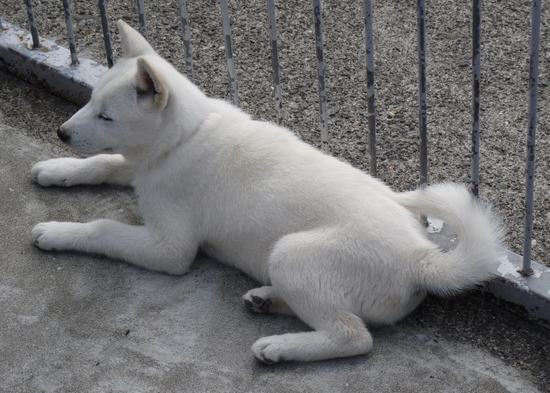
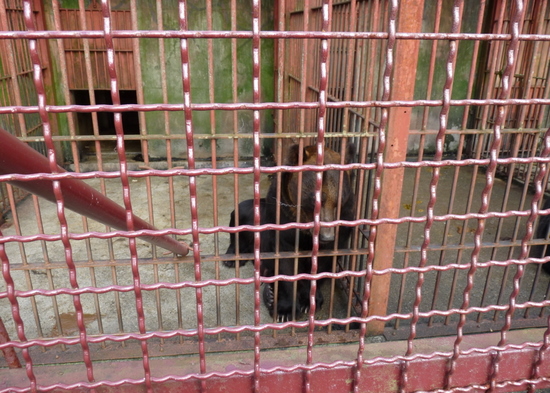
According to the museum’s web site “In order to promote transmission and preservation of Ainu culture, traditional ceremonies are being carried out, including iyomante (sending back the spirit of bears),…”
It also says that “Iyomante is observed between January and February when the fallen snow is heavy. A I to 2 years bear, which is captured in a hibernation den during winter, is sent back to the divine world by offering a splendid feast.” But of course we also know that the traditional end to the ceremony is to kill the bear with poisoned arrows.
I’m going to indulge in a bit of cultural insensitivity here. I understand that iyomante is the most important and sacred of the Ainu rituals. Nevertheless, if they actually kill the bear, I think that’s horrible. If they wanted to hunt a wild bear with bow and arrow, I guess I would admire their courage, but the idea of killing a captive bear that way turns my stomach.
The shops associated with the museum feature some of the finest and most elaborate wood carvings that I have ever seen.
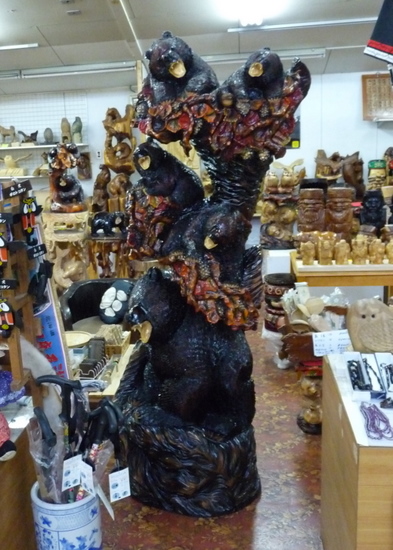


Hi, I hope you don’t mind a comment from a stranger. I am a Hokkaido-based translator who has spent many years translating Ainu folklore. I fully sympathize with your revulsion at the bear-killing ceremony, but the Ainu world view doesn’t regard it as either a “sacrifice,” or as a “hunt,” as Westerners tend to describe it. It happens that I just finished translating a picture book about the Iyomante that is told from the point of view of an Ainu boy and a bear cub. The Ainu Foundation awarded me a grant to get it published. The title is “The Ainu and the Bear~ the Gift of the Cycle of Life,” and it will be published by RIC Publishing by early 2010. At first, I was skeptical about a book dealing with such a “gruesome” subject being targeted to young readers. But I discovered that it treats the subject in an amazingly sensitive way (without denying the suffering involved), and it clarifies a lot about what the Iyomante ceremony traditionally means to the Ainu. You might find it interesting.